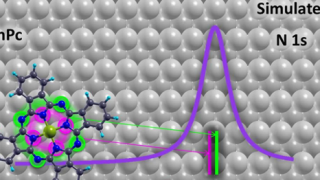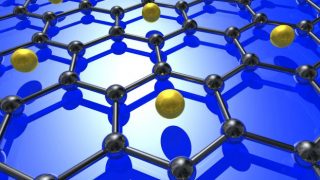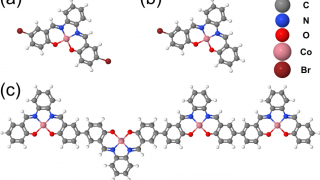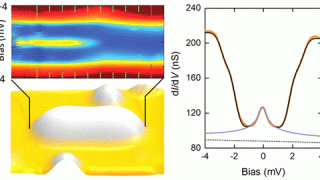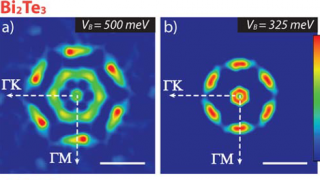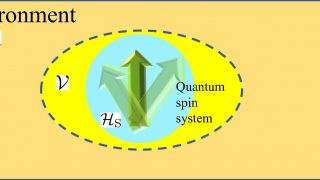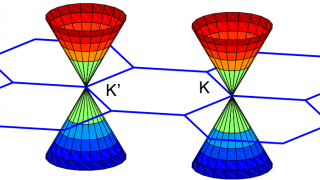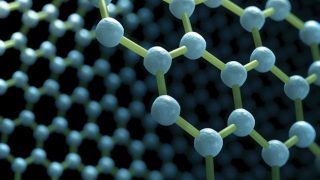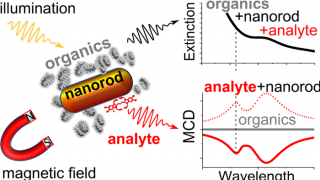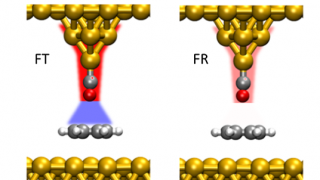
Submolecular resolution using inelastic electron tunnelling spectroscopy at 5 K
What only a decades ago seemed impossible for chemists, determining the chemical structure of molecules directly from experimental images, is now routinely done. Not only that, the information about bond order, intermediates, and products of on-surface chemical reactions or charge distribution within molecules can also be quantified from those images. Two main techniques have made […]
